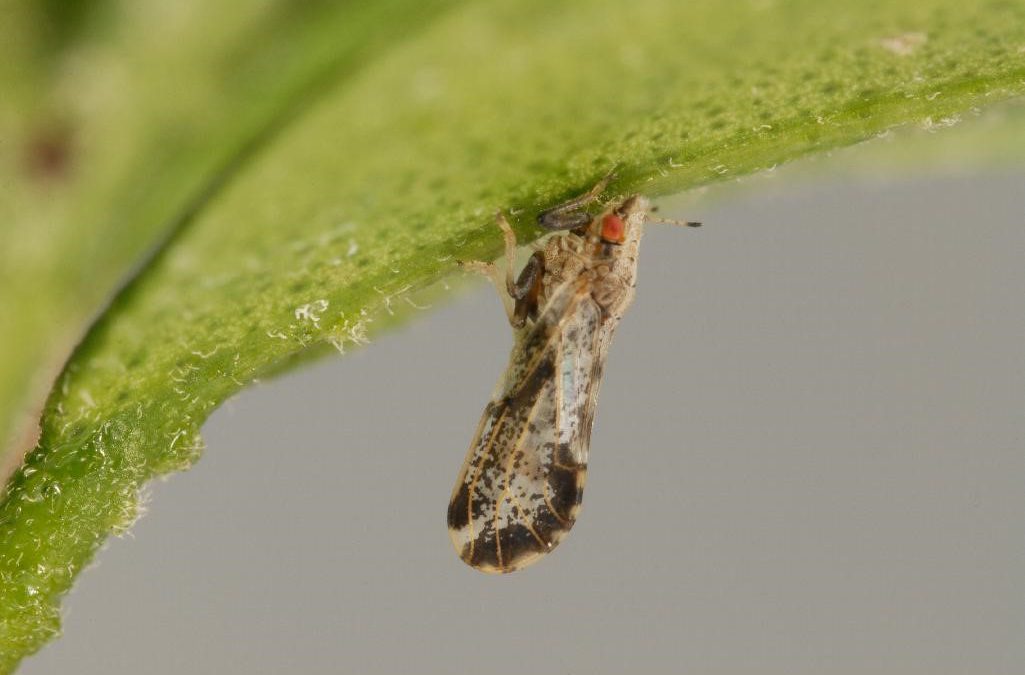
by Xavier Martini | Feb 14, 2020
There has been an increasing interest in growing cold hardy citrus in North Florida. While the production of citrus is still minimal, compared to the Florida Peninsula, the acreage of citrus is now above 400 acres in the Panhandle. Packing houses and a juice plant...
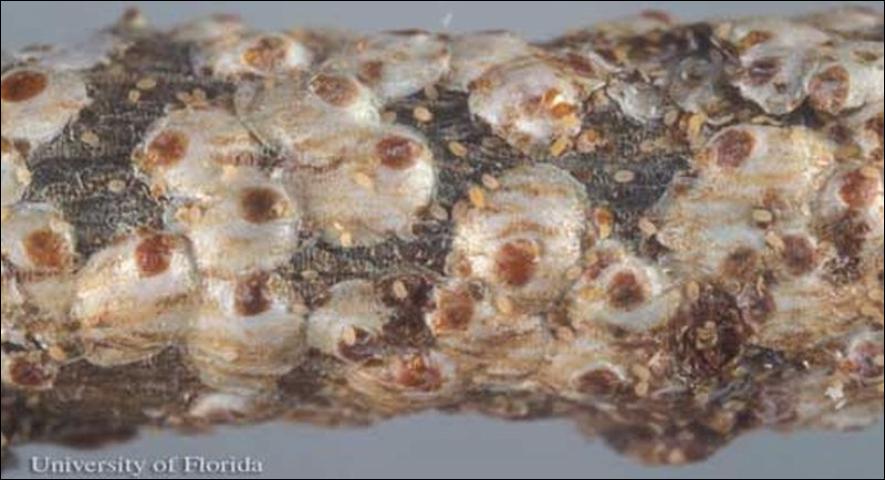
by Matthew Orwat | Feb 14, 2020
Currently, growers are harvesting lettuce, broccoli, cabbage and other winter vegetable crops, and not thinking about spraying fruit trees and berry bushes for insects and diseases. February is prime time to apply dormant sprays to aid in the prevention of insect and...
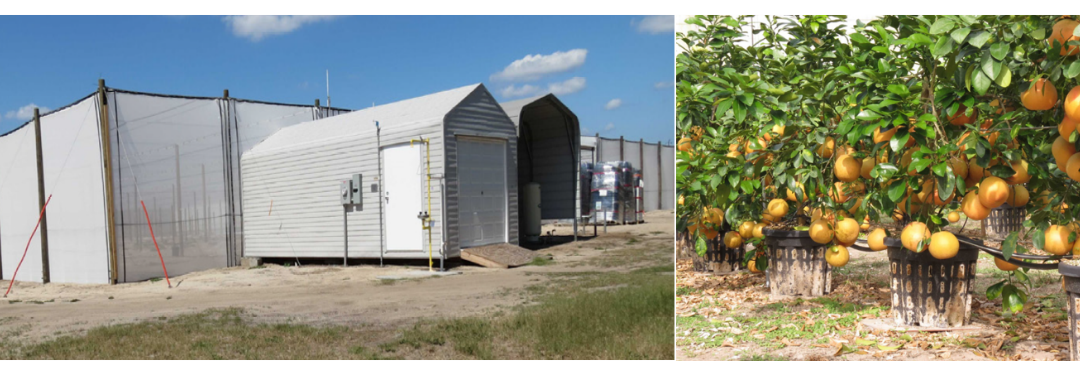
by Ray Bodrey | Feb 7, 2020
Huanglongbing (HLB) or “citrus greening” is a disease that has devastated the citrus industry in Florida. Many large producers are looking for ways to combat this crisis. Some growers are investing in citrus under protected screen (CUPS), which provide a reduced risk...
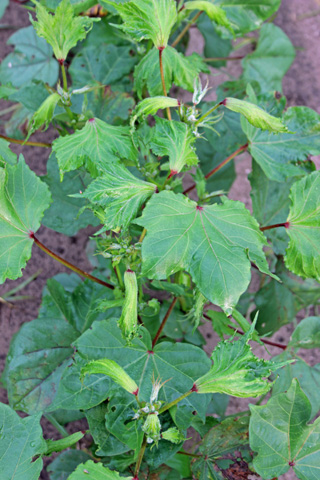
by Ethan Carter | Jan 17, 2020
Over the last several years, many states across the Midwest and South have received extensive calls related to dicamba injury of sensitive crops from drift when it was used in over-the-top applications to fields of tolerant cotton and soybean. In 2018, the EPA called...
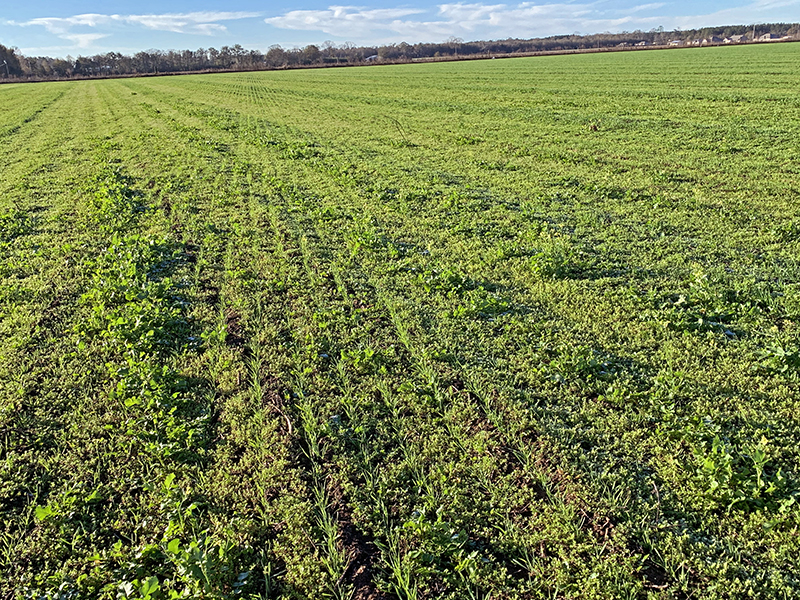
by Pratap Devkota | Dec 20, 2019
Pratap Devkota, Weed Scientist, UF/IFAS West Florida Research and Education Center, Jay, FL – For small grain crops (wheat, oats, rye, barley, triticale etc.), the first 6 to 8 weeks after planting are a critical growth period, so it is important to minimize...
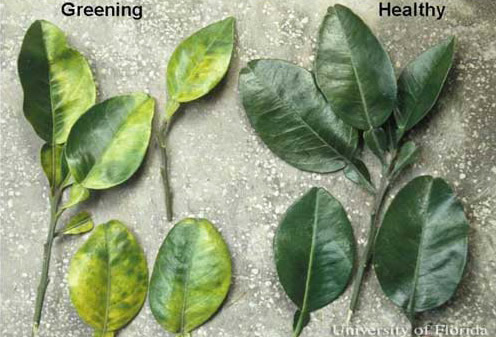
by Danielle S. Williams | Dec 20, 2019
Scouting for citrus greening disease or huanglongbing (HLB) should be an essential practice of citrus growers in our area. The symptoms of this disease can be found year round, but they are most visible now through March. Citrus greening affects all varieties of...







